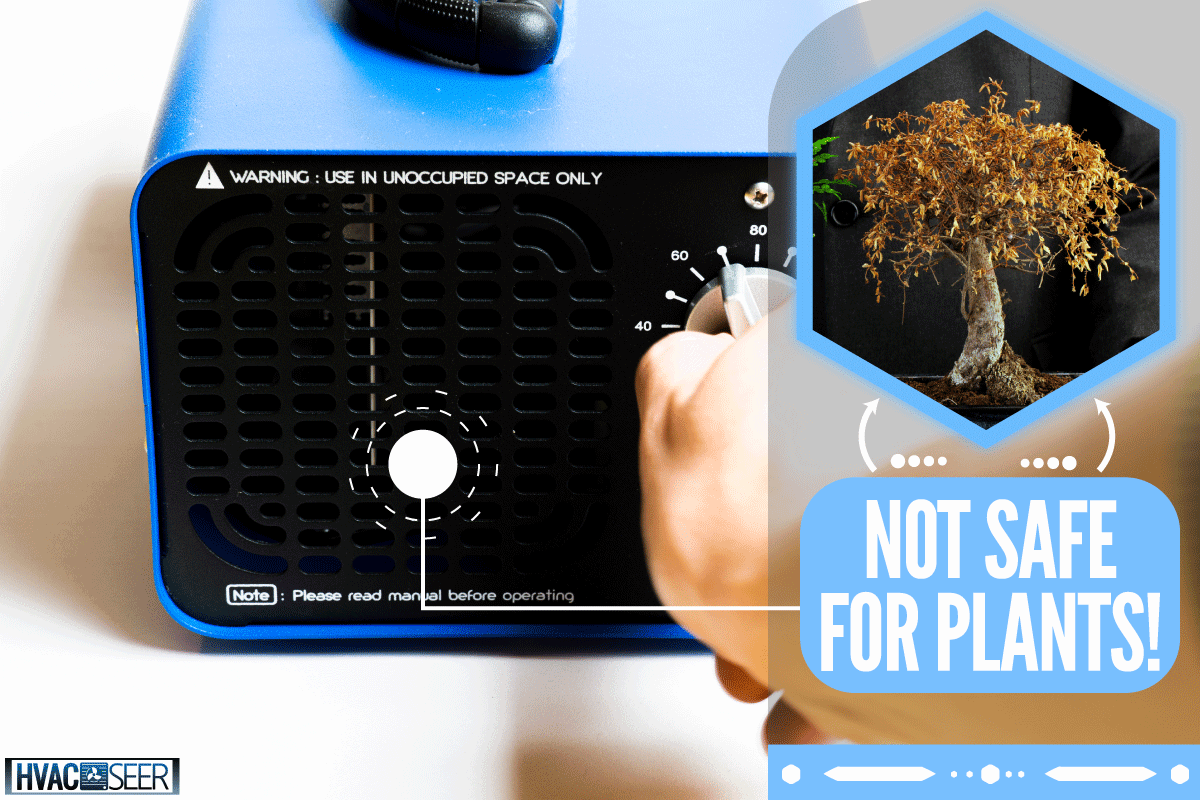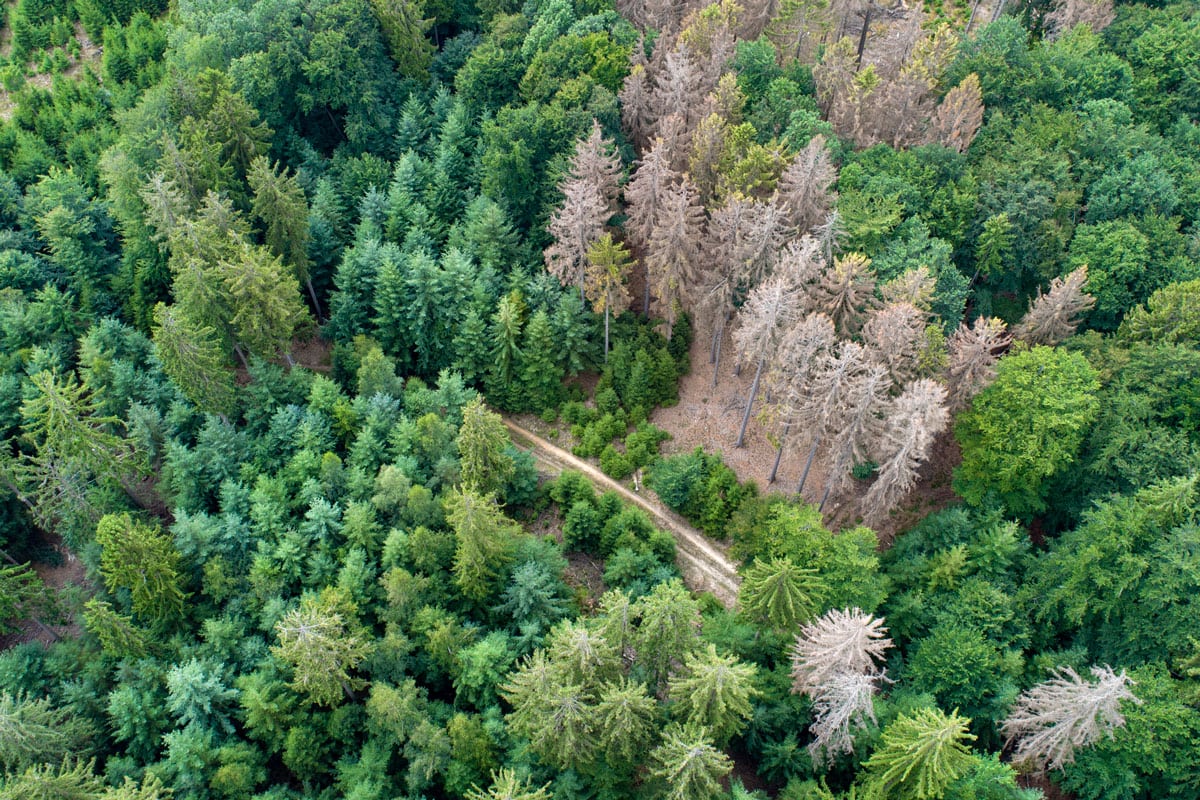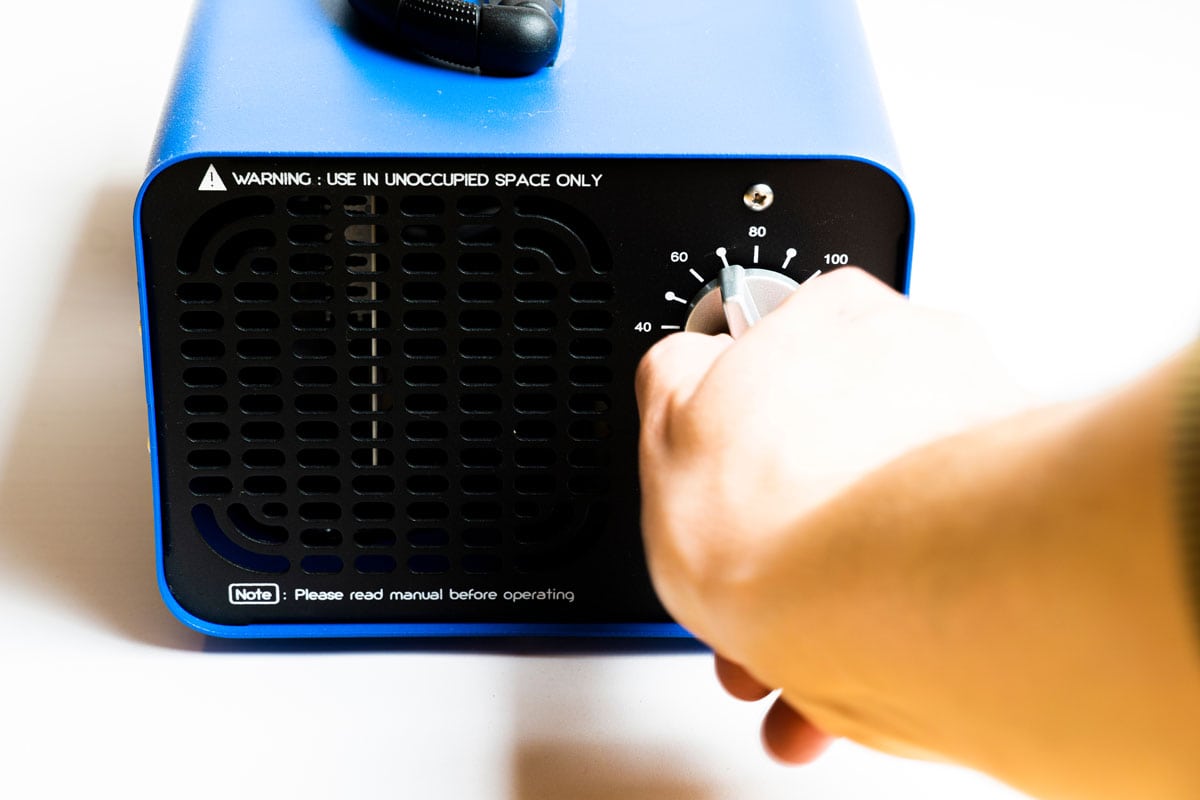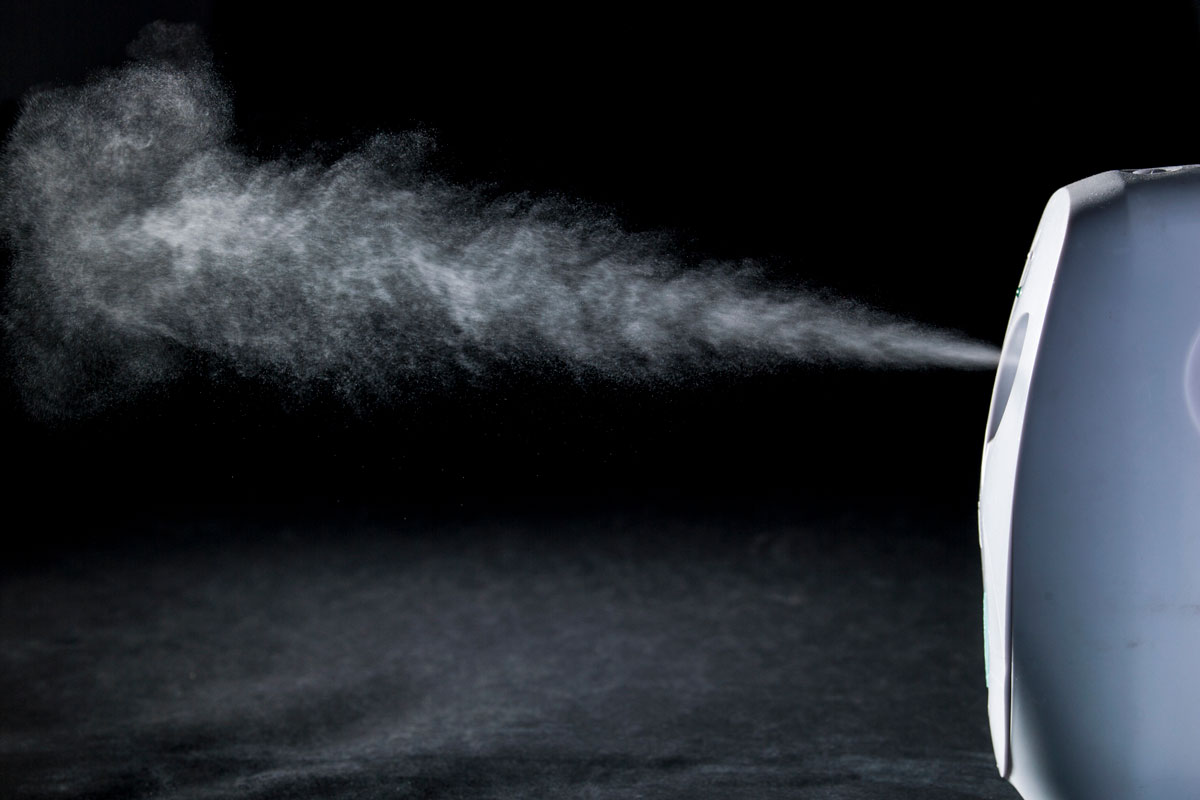An ozone machine is essential to maintain quality indoor air for your home. You are convinced about its usefulness, but you are wondering if it is safe for your plants. Don’t fret! We have consulted the experts, and here’s what they say.
An ozone machine is a device to produce ozone air inside your home. Unfortunately, ozone air is not safe for plants since prolonged exposure can damage and eventually kill them.
You enjoy the benefits of an ozone machine in your living space, but not your plants around. Read on as we uncover the reasons why it is harmful to plants. We will also discuss the indicators of ozone damage and how to protect your plants while running the ozone machine.

What is an Ozone Machine Used For?
An ozone machine is a device to produce ozone air that works as a deodorizer or ionizer. It can effectively eliminate unpleasant airborne odors indoors and other persistent contaminants. This includes smoke smell, pet odor, tobacco smell, and paint fumes, among others. Some homeowners find that ozone air can also get rid of plant pests.
The ozone machine has been widely utilized in both residential, commercial, and industrial settings. It is used in hotels, hospitals, offices, and warehouses. It comes in different sizes and capacities to cater to different areas to be covered.
In using the machine, certain safety measures should be observed. When the machine is running in a room, it should be left unmanned, including pets. Prolonged exposure to high levels of ozone is detrimental to respiratory health.
Shop for this ozone generator on Amazon
You could learn more about how to use the ozone machine in this post: "How to Use Ozone Generator in Your Home."
Why Ozone Air is Harmful to Plants?

Even with safety controls in place, too much ozone and prolonged exposure can be detrimental to plants. A high level of ozone air can interrupt and destroy the production of chlorophyll which is an important component of photosynthesis in plants. Healthy cells die, which will eventually lead to the death of the whole plant.

Ozone air enters the plants through the stomata at the leaves. The stomata are the openings that enable the plants to breathe. Upon entry, ozone starts to burn the tissues within during the respiratory process. The leaves then turn yellow from the original green color, indicative that ozone is increasing.
Also, a high level of ozone suffocates the plant. If the plant is young, it will have abnormal growth. If it bears fruits and vegetables, the yield matures early than its normal pattern.
What Are The Indicators of Ozone Damage Among Plants?

Different plants manifest varying symptoms of the damaging effects of ozone. We have a list of the symptoms below:
- Brown-, yellow-, or red-colored leaves indicate that there is no photosynthesis.
- Silver or white spots appear anywhere on the body -more on the leaves- of the plants.
- Conifers, such as cactus, have burned or yellow-brown tips and mottling exterior, signaling impending death to the plant.
- Citrus plants and grapes have withering and faster dropping off of their leaves.
- Young fruits and vegetables have an abnormal pattern of growth.
- Stunted growth of buds in flower plants.
- Reduced production or yields of fruit-bearing plants.
With the above symptoms, ozone is harmful to plants on an even bigger scale. Yes, they can eventually destroy plant foliage. With a higher level of ozone, the damaging air will start to envelop the leaves, eventually killing the whole foliage such as in the photo below.

In cases when homeowners are maintaining a grow room of their greeneries, the ozone air may not kill all the plants but most of the foliage. In this case, the few plants that appear to be more resilient will eventually look unhealthy or sickly over time.
However, many plant growers would think that ozone damage has similar symptoms to damage due to plant diseases. As such, it cannot be easily determined what is really inflicting the plants. You need to do further experiments to establish if the culprit is indeed the ozone air.
Can the Ozone Machine Get Running With Plants in the Room?
The short answer is no. When you run the ozone machine indoors, it is recommended to remove the houseplants from the vicinity. You can temporarily transfer the plants to another room or, better still, outside of the house where they can breathe fresh air. If you will transfer the plants to another room, make sure the door is closed and with partitioned walls to protect the plants.
If you run the ozone machine for ten minutes or less, it is safe with the plants around. But with more than ten minutes of exposure, there will be the risk of damaging effects on the plants. Thanks to the recent models of ozone machines that are equipped with a timer. By setting the timer, you can control and maintain safety measures while operating.
Bear in mind, though, that different plants have varying degrees of resilience to ozone air. Some varieties are tough, while other varieties are sensitive. This means that some plants get damaged even with less exposure time while some aren’t susceptible even when exposed for more than ten minutes.
Another important factor is the proximity of the plants to the ozone machine. Plants positioned far from the machine are less likely to be damaged than those placed beside or near the machine.
If the house plants cannot be removed from the room for some reason, it would be best that they should be, at least, positioned as far as possible from the ozone machine.
In a few instances, you might think to cover your plants with any material, plastic, towel, blanket, and the like, while operating the ozone machine can give protection. Unfortunately, this procedure is far from ideal, and it doesn’t give sufficient protection.
Can Plants Revive After Ozone Damage?

Don’t lose hope! Plants that have been exposed to high levels of ozone can still recover over time. Just like your bonsai tree, you can still recover its green crown by pruning and proper plant care and maintenance.
The leaves that have turned yellow, withered, or dropped may not recover, but you can easily remove them by using your garden shears.
Shop for these gardening shears on Amazon.
This gardening tool can help you get back your plants in better shape. It is ergonomically designed which makes it convenient for you to transform your plants to make them look better than it was before the ozone damage. You can easily cut the damaged leaf branches, flower stems, and more to boost overall plant health and appearance.
After removing the discolored leaves, plants can still continue photosynthesis as long as it has healthy roots. In this case, food production is generated through the roots since the leaves are removed. Remember, plants can live even with incomplete leaves in their system. Provide the best conditions conducive to the re-growth of your plants.
Just like any source of damage, the plant could gradually heal. The only way you can be assured that your plants will fully recover is if the ozone machine is pulled-out from the vicinity. Moreso, proper care of the plants should still be maintained for faster recovery. Provide enough sunlight, water, humidity, and fertilizer for healthy regrow.

In cases of serious and extensive damage by ozone air, the plants and foliage may take a longer time, or even years, to recover.
In Summary

An ozone machine is essential to remove unpleasant odors and contaminants in your home. It proved to be useful in maintaining clean air, but unfortunately, it is not safe for the plants.
Plants get damaged and eventually die due to prolonged exposure to ozone air. When running your ozone machine indoors, the best protection for your plants is temporarily removing them from the room. In cases when the plants cannot be moved, be sure to position them as far as possible from the machine while it is running.
Aside from the ozone machine, there are other devices that are equally useful to improve indoor air quality and also to maintain your plants. We have these posts for you:
Where To Place A Humidifier For Your Plants?
How Ofen Should I Use a Humidifier For My Plants?



